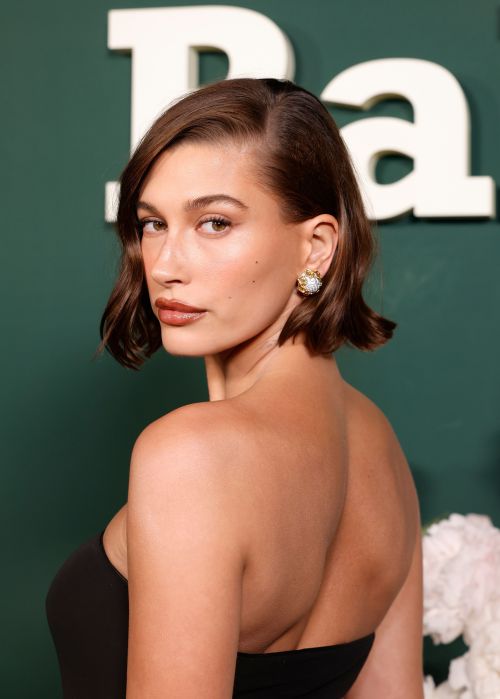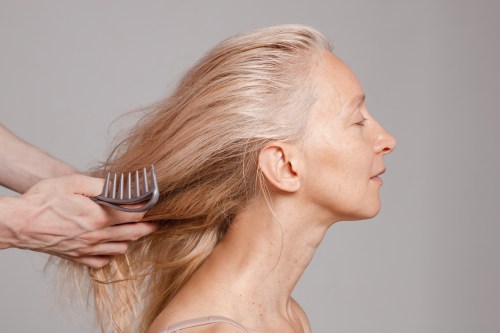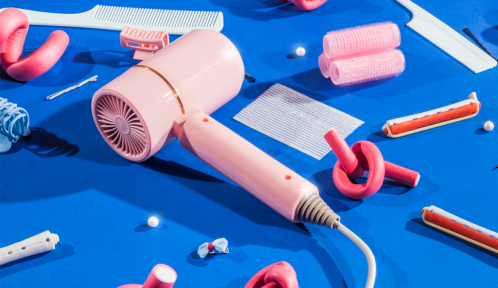5 Easy, Quick Protective Hairstyles to Do Before Bed
Protective hairstyles keep hair from breaking. Here are five easy, quick protective styles you can do before bed.

When it comes to my hair, I’ve (almost) done it all. My natural 3C curls have been straightened, kiddie-permed, and braided under a weave. Taking care of my hair means devoting time and energy to keep it strong and healthy—and that involves doing protective hairstyles before bed. With a mother who was always plaiting or helping me moisturize my hair, I grew up knowing that what I do with my hair right before bed determines its overall health (and if I’ll be late the next morning.)
When you get right down to it, hair care is all about protection. From clipping your ends to using a deep conditioner, the goal is to protect hair from the natural elements and our own hair care practices (or lack thereof). Black people, particularly Black women, have perfected the art of protective hair care. With durags, bonnets, cornrows, locs, Bantu knots and box braids, Black hair care teaches me how to love and tend to my hair, each day and night.
At my most recent hair appointment, I asked stylist Shay DuBois why nighttime hair care is so important. “When you go to bed with your hair loose and it’s rubbing on a cotton pillow, that’s what causes the ends to break,” DuBois says. “Tying your hair down at night protects the ends from breakage, and that is what will help the hair grow.” Now that you know why it’s important to choose protective hairstyles, you’ll want to incorporate them into your pre-sleep routine. Depending on how tired I am or on the style I want to wear the next day, I alternate between these five easy protective hairstyles.
The Pineapple
After a long day at work or a night out, do the pineapple. It’s the easiest protective hairstyle to do—by far. “Just pull on your hair all on top of your head and tie a scarf around it,” says DuBois. “Anything is better than just turning your hair back and forth on your pillow with your hair loose.” In as soon as five seconds, you’ll have protected your hair.
One big plait
Right before I doze off, I’ll suddenly remember that I haven’t fixed my hair. That’s when I’ll sit straight up and start braiding my hair to protect my ends. “If you are just wearing your natural hair, plait your hair down to keep it from tangling and to keep it from breaking,” says DuBois. “If you are not wearing a satin cap, plait your hair down to reduce shedding and breakage versus just going to bed with your hair wild.”
Two French braids
Simple and cute. I’ll section and moisturize my hair in the bathroom, tying my hair down with a bandana. But when it comes to oiling hair, DuBois says she’s not a big fan of piling on the products. “You definitely have to use a good conditioner,” says DuBois. “Your conditioner is going to do more to lock in moisture than oiling it; most of the time, the oil is just going to sit on your hair. The conditioner is going to lock in that moisture that you need.”
Four section braids
Last summer, I got into the habit of plaiting my hair down in four sections every night before bed. I use a moisturizer and a wide-toothed comb before stuffing the braids into a bonnet. “You can twist it down with a good moisturizer or whatever product,” says DuBois, who says to avoid overdoing it. “You don’t need a lot of products.”
The twist-out
When I don’t feel like braiding my hair, I do a twist-out, which simply involves wrapping two strands around each other. The end result is bouncing locs that make styling effortless in the morning. This will take a little more time, but it’s worth it. But don’t confuse time spent with needing an elaborate style. “People think the more you do to your hair, the better,” DuBois says. “Nope! The less you do, the better. All that extra you do to it can cause it to break even more.”
Oh hi! You look like someone who loves free workouts, discounts for cult-fave wellness brands, and exclusive Well+Good content. Sign up for Well+, our online community of wellness insiders, and unlock your rewards instantly.
Sign Up for Our Daily Newsletter
Get all the latest in wellness, trends, food, fitness, beauty, and more delivered right to your inbox.
Got it, you've been added to our email list.










